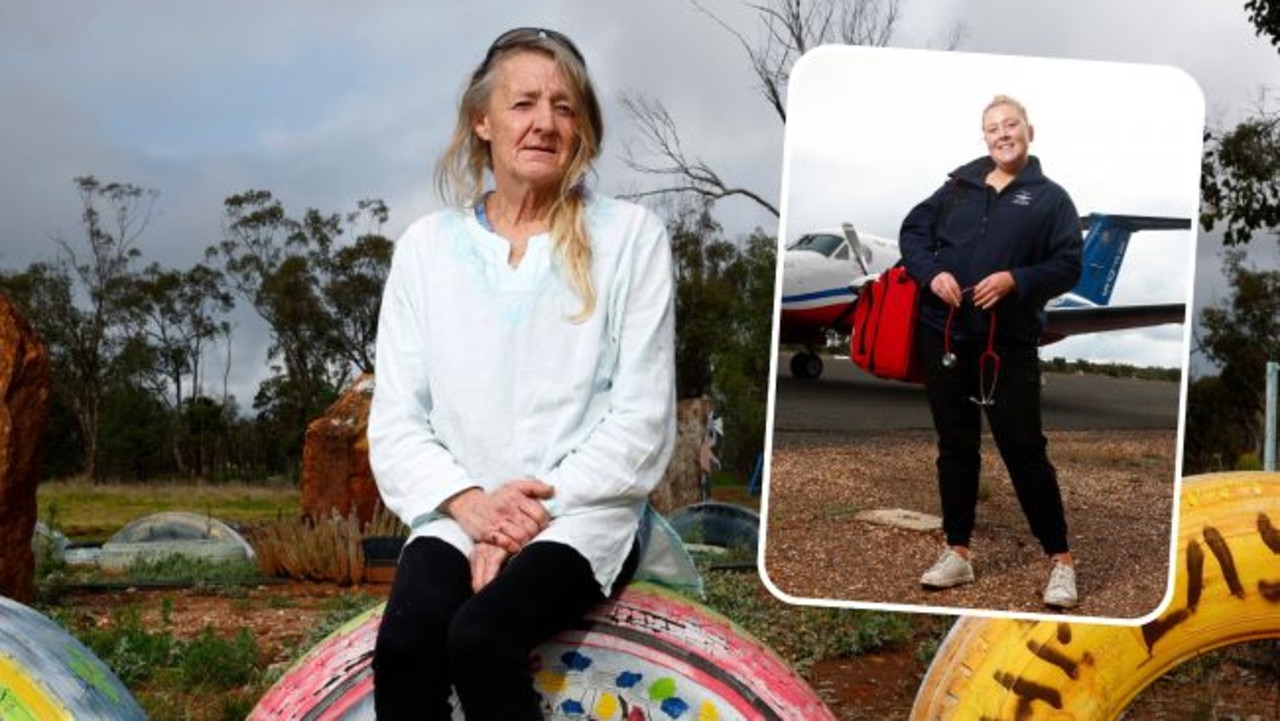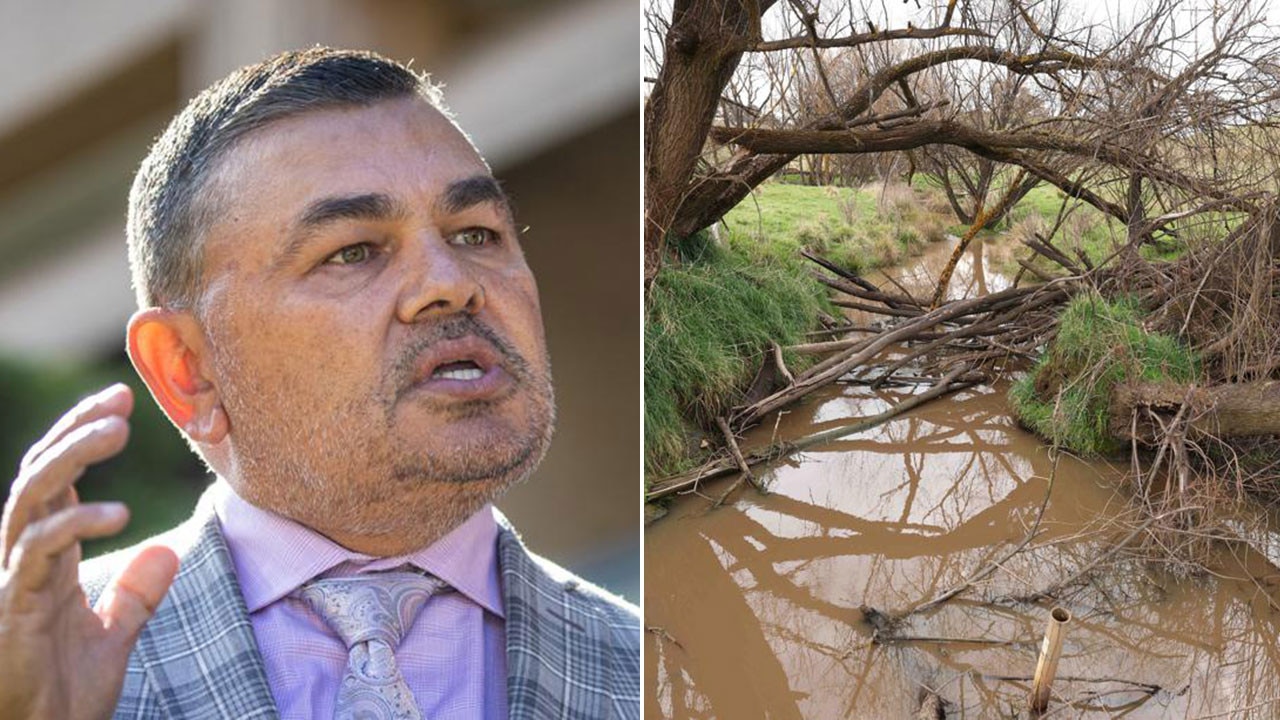Bush Summit 2021: Women blazing trails on the land
While women account for just 32 per cent of today’s agricultural workforce, there will soon be a seismic shift as females now make up 55 per cent of students studying agriculture.

Bush Summit
Don't miss out on the headlines from Bush Summit. Followed categories will be added to My News.
When you think of farmers in Australia, the images that spring to mind are of rustic, hard-bitten graziers and stockmen who’ve sprung from the pages of Henry Lawson and Banjo Patterson – leathery, weather-beaten blokes in Jacky Howes singlets who can drag a fully-fleeced ram across a lanolined shed floor and have the hapless sheep shorn within seconds.
Yet these stereotypical notions of what constitutes an Australian farmer are something of a myth — for as long as blokes have been working the land, women have been right up there at the forefront of the nation’s agriculture.
Even as far back as John Macarthur — one of our most revered pioneer graziers — there’s little doubt his wife Elizabeth was really the true brains and driving force of the outfit.
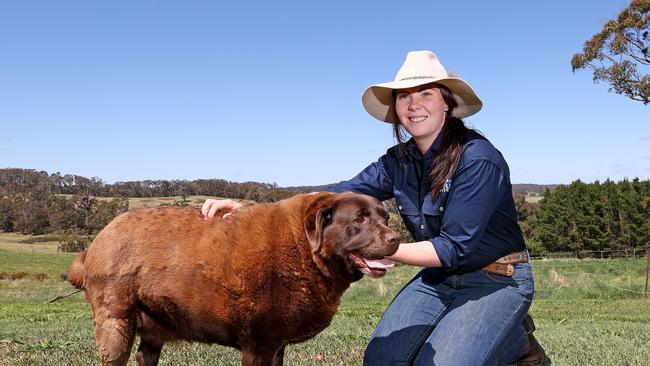
While her husband spent years lurking in England to avoid arrest in Sydney for his role in the Rum Rebellion, Elizabeth built a formidable rural empire and established NSW as one of the world’s finest wool producers — the world renowned Elizabeth Macarthur Agricultural Institute at Camden Park stands as testament.
While women account for just 32 per cent of today’s agricultural workforce, it seems there will soon be a seismic shift in the gender imbalance as women now make up 55 per cent of students studying agriculture in tertiary education, signifying a huge influx of female agricultural workers is imminent.
Indeed, agriculture careers are now moving beyond traditional farming to more diverse areas such as food innovation, programming, science, finance and — increasingly — entrepreneurialism.
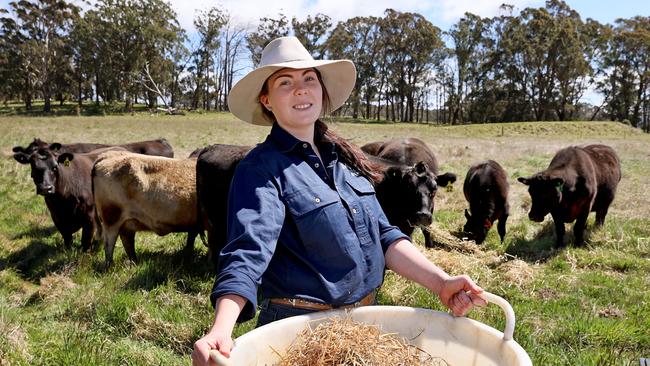
Twenty-two year old Samantha Larter is the owner of Beltana Farm Services, a contracting business she began when she was just eighteen, providing stock management, farm maintenance and animal sitting — a business that is now progressing from strength to strength.
Sam drops the ute’s tailgate to haul a sizeable haybale for her beloved Murray Grey cattle, explaining to me her dream is to one day begin a livestock breeding program here at her farm near Fitzroy Falls in the NSW Southern Highlands.
“I’ve always been passionate about agriculture” Sam explains. “There are so many pathways you can go down … yet there are so many things you need to be good at.”

Clearly her true love is being out here in the paddock working among the herd, but 21st century farming now demands professional, academic and technical expertise for a business to remain viable and indeed, become successful.
Samantha’s studies through TAFE NSW in Nowra and Goulburn have seen her accrue a Certificate III in Agriculture and a Certificate III in business administration and she’s now working toward here Certificate IV in Agriculture to be followed by a Diploma in Agriculture — qualifications that are standing her career and her business in good stead.
She outlines the necessity for flexibility and to think on your feet — sometimes you need be an agronomist, sometimes a plumber, sometimes a vet — and in trying to predict weather, drought and bushfires, no doubt sometimes a fortune-teller.
“You have all different skills which is great — you just need to focus on what you’re good at, what you’re passionate about and the rest will follow.”
Certainly there are women in rural NSW prepared to tackle even the most male-entrenched professions — 22-year-old Mikayla Hall and her mum Alana from the village of Taralga in the Southern Tablelands are both professional shearers who’ve taken the blokes head on when it comes to sorting out who’s boss in the shed.
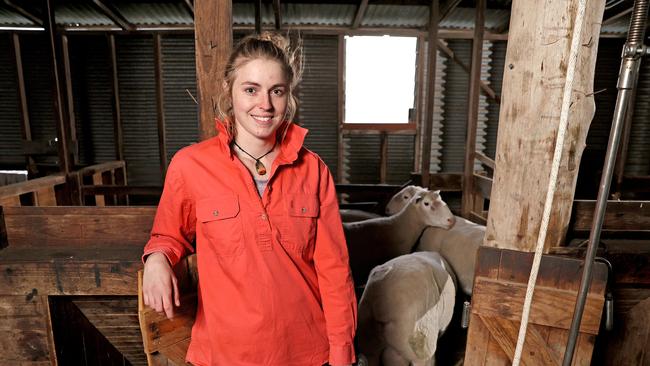
Alana, a mum of four, took up shearing later in life after a career in nursing.
“There was better money and I thought I’d try something different from rouseabouting too …”
Equally as driven, daughter Mikayla decided she’d follow in her Mum’s footsteps across the shearing shed floor.
“I got all my tips from Mum,” she explains with a laugh. “At first a few fellas told me you’re too little — like a girl — you can’t shear in the sheds, and I’m like ‘Righto, now I’m going to have to do it’,”.

And considering Mikayla’s size — or lack thereof — this was no doubt a daunting task, dismissed by the other shearers — all blokes of course — as never being able reach the magic number of 100 sheep shorn in a day, but she was to prove them all wrong with her personal best of 221 crossbred lambs in a single day.
So what must be the physical aftermath of shearing 221 sheep? “It’s like I’ve been hit by a truck,” she laughs. “It’s not good … but it is good fun.”



